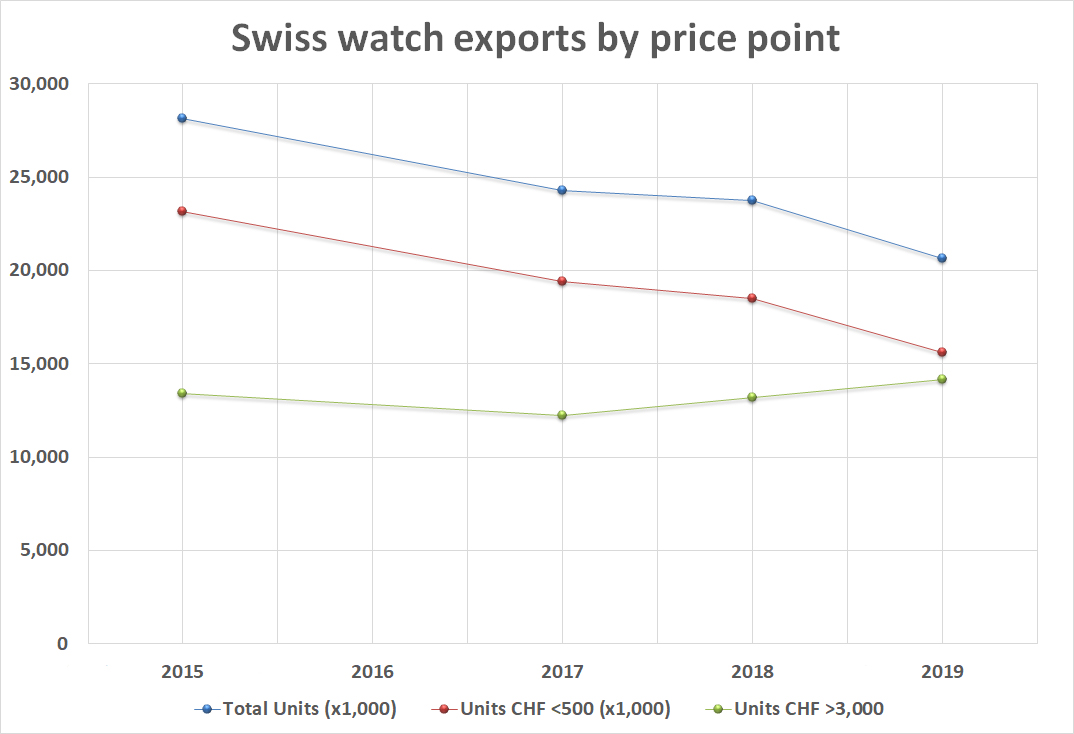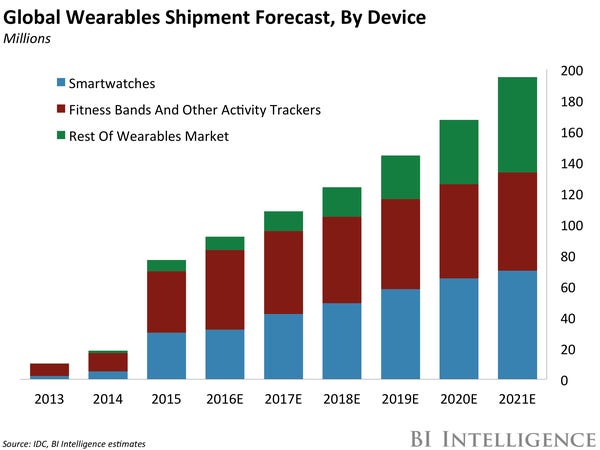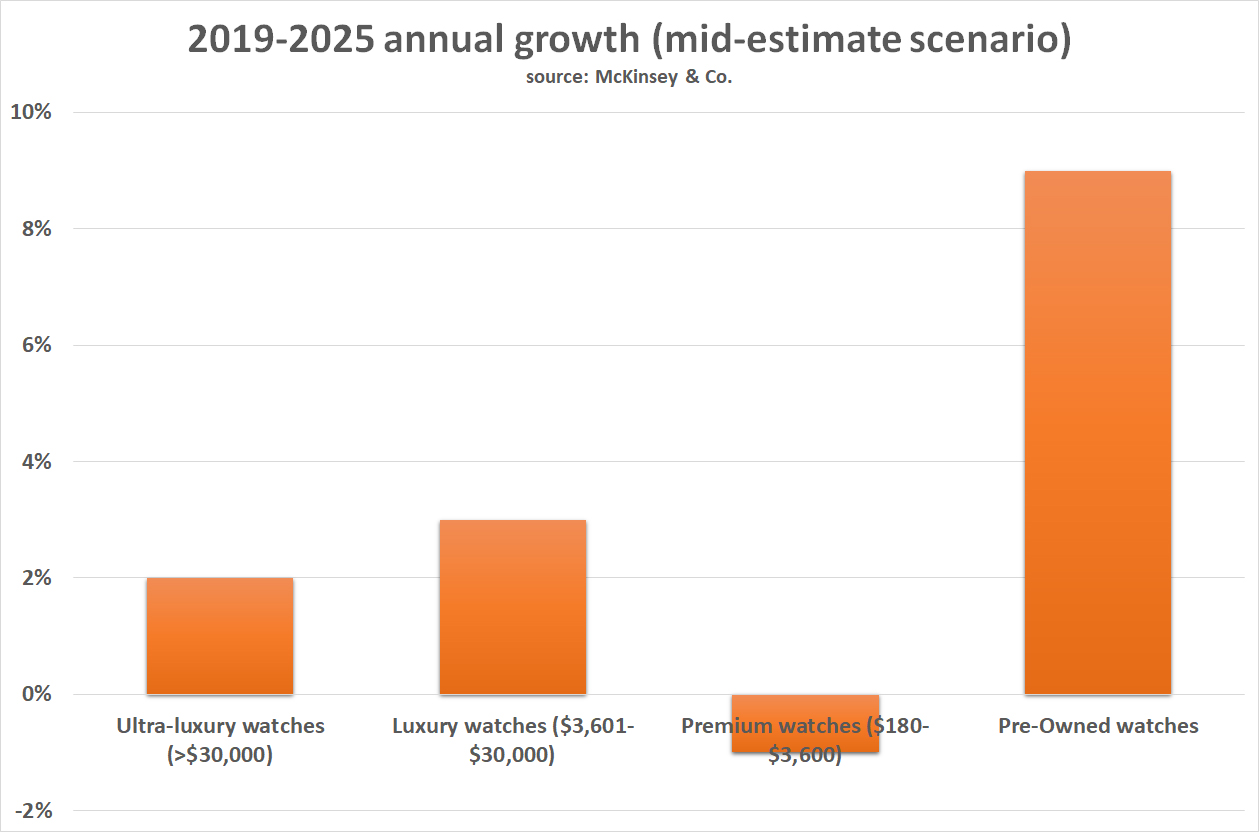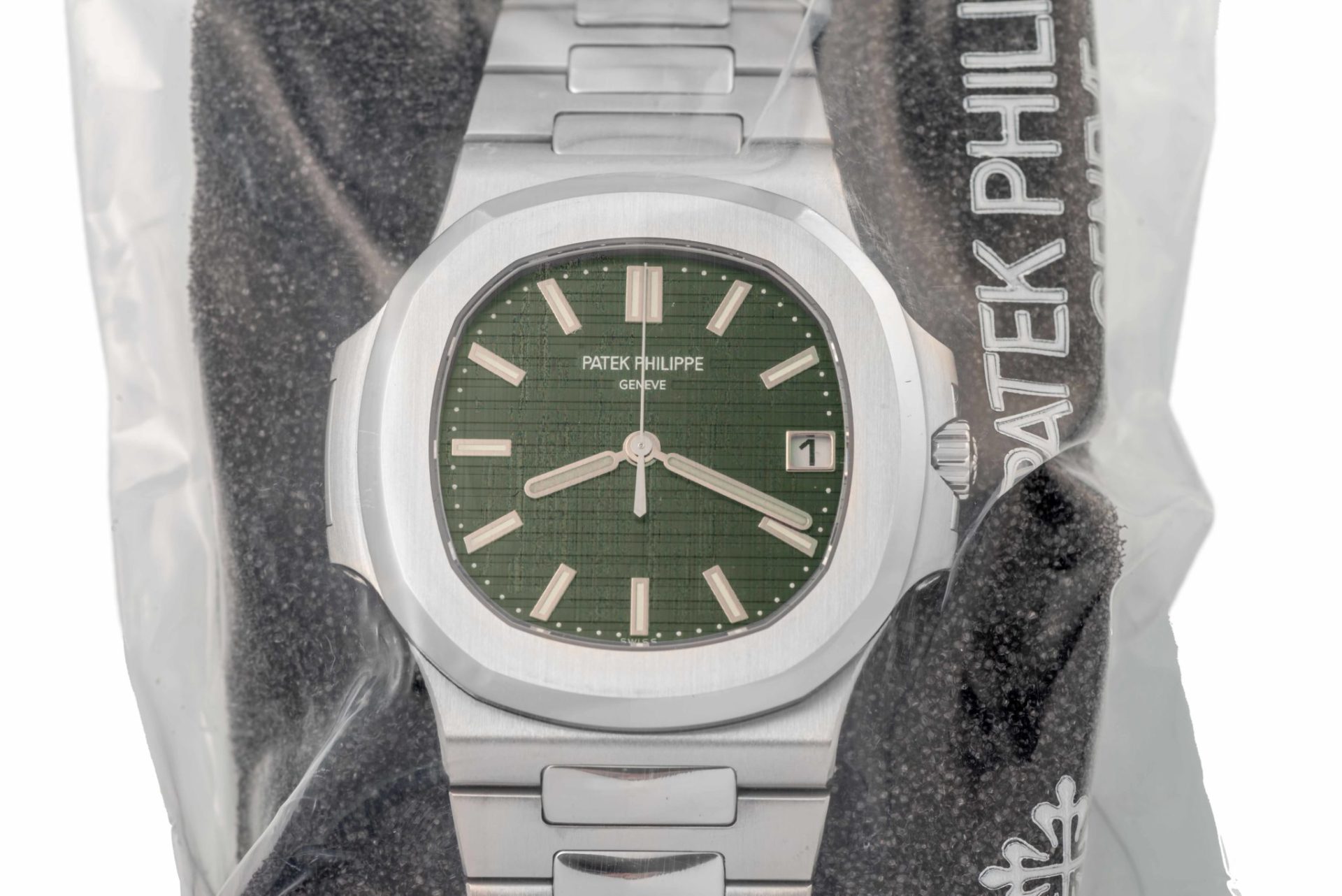Trusting the market is normally good advice, but what if the free market damages the reputation of its most successful brands? That is the danger facing Rolex and Patek Philippe now that almost nobody is able buy their most popular watches and their authorised dealers are being pitched into ugly fights with some of their most loyal clients. Where will it all end? Robin Swithinbank analyses the forces that are sucking the joy out of luxury watches.
When I was still in short trousers, I used to make a bit of money at school buying and selling Push-Pops, a kind of retractable, lipstick-like lollipop.
Push-Pops were new and everyone wanted one.
My walk to school took me past the town’s best sweet shop, so I’d stop and pick up a stash to flog to the kids whose parents drove them in.

I became a Push-Pop pusher, turning 50p into a pound, a pound into two pounds. It was great. Until the school got wind of it and advised me it would be best for my education if I were to stop.
A cautionary tale? Perhaps.
People don’t like profiteers, even if they appreciate the necessary economics of profit.
Capitalism, to mangle a Churchillian quote, ain’t great, but it’s the best system we’ve got.
And I think it applies to the current direction of the watch market.
Spiralling prices of asset-class watches make good headlines, but they don’t bode well for the long-term health of the industry.
Yes, I’m thinking of Gregory Pau’s (hello Greg!) $490,000 Patek Philippe green-dialled 5711.
And yes, I’m thinking of the $7.63 million Philippe Dufour Grande et Petite Sonnerie Number 3.
Good watches. Great watches. But hang-on-a-freaking-minute prices. I’d go as far as saying we should be bothered by them. Troubled even.
Why the fluster? Two reasons.
First, this green-eyed dash for the big prizes is making the industry look greedy, and that’s not been a good look since 1987.
And second, it’s fuelling a narrative of elitism that threatens the watch industry’s long-term future.
So much attention has been given to the evolution of the consumer mindset during the pandemic, and, as we emerge from it, it’s clearer than ever that purchasing decisions are driven more now by considerations of responsibility than at any point in living memory.
Greed is not good
Greed, if it was before, isn’t in vogue. Not even close.
Instead, analysts are throwing around buzzwords such as transparency, authenticity and of course sustainability, assuring us that yesterday’s luxury consumer has given way to a new generation that expects a brand’s purpose to be generous, not greedy.
It doesn’t take much extrapolation to see how that could apply to a whole industry.
It runs deeper.
Greed is not an end in itself, but a vehicle for attainment. For status.
And what people want their status to be is changing.
Claudia d’Arpizio of consultants Bain & Company recently said this to me: “Watches were once attached to status. You got the job, you got the watch, you were successful… But this paradigm of watches being a status symbol failed. It failed when it was associated to gifting in China.”
A reminder not only that the watch industry is a global one, but also that it’s increasingly reliant on the Middle Kingdom.
She went on: “Wealth is just an enabler, not the goal. This is the big difference from the Baby Boomers and Gen X. Even if Gen Z are very much into achievement and self-empowerment, they live this in a more social way. They don’t want to show off their money. They want to show off that they have personality and know how to live.”
What good are these exorbitant headline prices to the industry against that appraisal?
None at all.
Even before pandemic, the long-term narrative was looking wobbly. There are always individual cases of Gen Z-ers who love mechanical watches for their artistry, tradition and longevity, but by and large, the bottom rung of the watch-buying ladder is falling away.
Watches are getting more expensive and more elitist. And that’s a real turn-off for this newly conscious consumer.
Just look at the numbers. By volume, Swiss exports have more than halved since their 2015 peak, a fall equivalent to more than 14 million watches a year. Of those, more than 13 million were in the sub-CHF 500 (export price) category where typically younger, aspirational customers feed.
Sure, those numbers are inflated, probably falsely, by the pandemic, but the shift was there before.
In the five years to 2019, exports had fallen from 28.1 million units a year to 20.6 million.

Those 7.5 million watches that disappeared? All in the sub-CHF 500 category.
You’d be right to point out that there are other competing market forces at work here, too.

Smartwatches have taken a vampiric bite out of Switzerland’s neck, no mistake. But why? Because smartwatches are sold as products that help us live more responsible lives.
The status they give us is measured in how healthy we are (or would like to appear), not how much money we have. Smartwatches, worn by students and billionaires, are the great wrist leveller.
And something similar is happening with pre-owned, too.
While the primary market stagnates, CPO booms.
A report produced by Business of Fashion and McKinsey I contributed to earlier this year suggested that by 2025 the primary market will have grown by 1% to 3% over 2019 figures.
CPO, by contrast, will mushroom from annual revenues of $18 billion to as much as £32 billion over the same period, by McKinsey’s estimations.

Again, why?
Because consumers like the circular economy and the idea of giving a second life to a product, and because they like watches priced at 30% below retail that offer them value and fairness.
For a growing cohort of consumers, a pre-owned watch is a responsible choice.
Some watch brands appear oblivious to all this and happy to fuel the pyrrhic advances of rising prices.

But not all. Many have woken up and realigned their purpose to the mores of the contemporary consumer by pushing products and stories that come with built-in perceptions of responsibility.
My prediction? That in 10 years’ time Switzerland will be thanking IWC, Breitling, Oris, Ulysse Nardin et al…
There are other reasons to challenge soaring prices, not least the pressure they’re putting on retailers to filter flippers and field the disappointment of aggrieved loyal customers unable to score pieces they feel entitled to.
But such immediate concerns are far outweighed by long-term considerations of how the watch industry is perceived by the consumers it’s looking to attract.
Greed won’t wash. Take it from Middle England’s former premier Push-Pop salesman.



I am afraid Robin overlooked the huge increase in prices for previously worn luxury watches from grey market sources. If brands want to stop this gouging of the watch buying public then they have got to clamp down on their brands reaching the secondary market in the first place. When I last looked a Datejust stainless steel had a $6500 MSRP. On the grey market the exact same model sells from $9000 to $10,000 dollars! Precisely why the authorized dealers are short on stock!!
Please don’t insult us by thinking that we are oblivious to the fact that many of these authorised dealers have sold deliberately to flippers, taking a cash payment (commission) from the proceeds of the sale on the secondary market. Almost impossible to police by Rolex as the final owner is nearly always a unique individual. If Rolex really wanted to resolve the problem overnight, they could just tighten up their warranty policy. Both the primary and secondary market need each other in order to survive. No different to certain brands of luxury cars, handbags, shoes etc.
Dear Robin.
For 17 years I have been selling top brand watches. I know the second-hand market and the gray market very well. The watch market currently has many serious problems.
The first is surely to focus on current customers and forget about the younger generations who opt for smartwatches.
The second is to focus your business solely and exclusively on the Chinese buyer.
The third, and possibly the worst, is to think that the world is still the year 2000. But that world no longer exists. You cannot have official distributors that have a profit between 85 and 100% of the purchase price, because you force to have too high sale prices to the public.
Interesting article with a some different perspectives. I’m not entirely in agreement with all the points raised. I don’t believe that as much damage is being done to brands like Rolex and Patek as the author would have us believe. Afterall, most of these companies models have always been out of reach to the average watch enthusiast and collecting watches has in the past been more about the acquiring a varied range of examples and showing them off rather than just stashing away as many of the same design as funds will permit. The fact is that the luxury watch was in the past awarded for reaching a milestone usually after many many years of toil. A recognition of loyalty and commitment. Something someone got at the end of their working life, a symbol that their efforts have been recognised and finally acknowledged. Unfortunately, those days have gone, there are very very few long service personnel these days. You are seen as a bit of a failure if you stay around too long. No one else wants or values you. So, people have turned to rewarding themselves far more. A new job, a milestone birthday, a baby, a partner, a divorce even. With all these additional opportunities for self recognition and is it hardly surprising that there is a shortage of these symbols of self-worth. In addition to that, the overall numbers financially capable of treating themselves to these luxury items has grown significantly and as the developing countries become more closely aligned to the existing capitalist economies then even more aspiring individuals will want to reward themselves too. The super rich don’t buy watches anymore, they purchase rockets and fly into space.